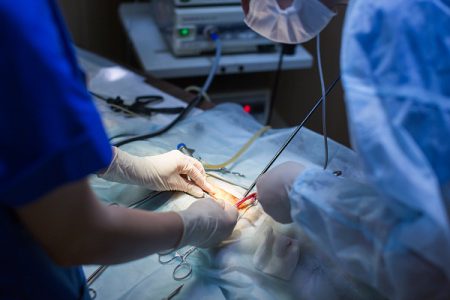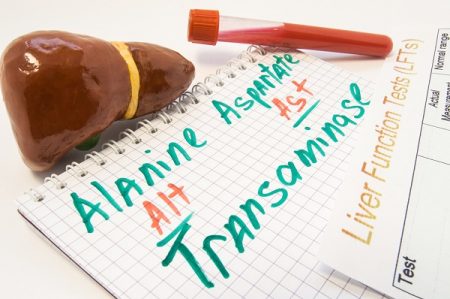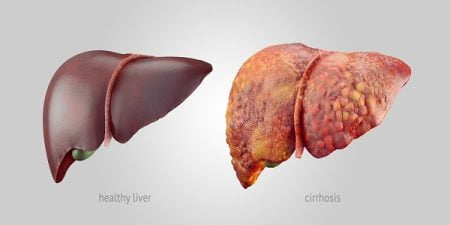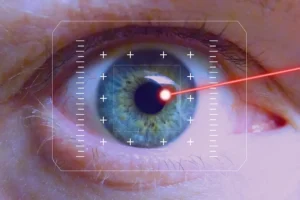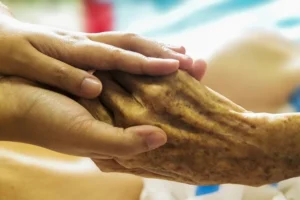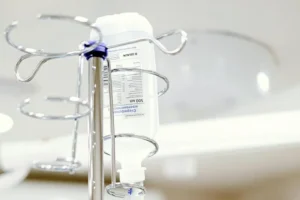Non-Alcoholic Fatty Liver Disease (NAFLD): Tests, Stages & Treatment
- Updated on: Aug 3, 2024
- 5 min Read
- Published on Aug 26, 2022
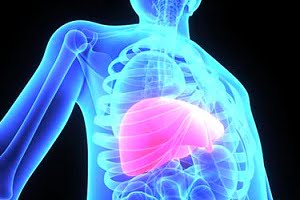
The COVID-19 pandemic has brought about many changes across the globe. One of these changes involves placing more importance on health and well-being. As a result, there is a need to be more aware of different lifestyle diseases such as diabetes, blood pressure, and cholesterol. One type of disease that has been gaining much attention since the pandemic is liver disease. In fact, covid patients with liver disease are at a greater risk of mortality than those without a liver illness.
The liver is an important organ as it is responsible for digestion, processing proteins and nutrients, and filtering blood. As a result, it is key to the optimal functioning of the human body. As a vital organ, the liver is vulnerable to many diseases. This article will provide an in-depth outline of one of them. This article will answer key questions such as what is liver disease? What are the NASH symptoms and consequences of NAFLD?
What is Non-Alcoholic Fatty Liver Disease (NAFLD)?
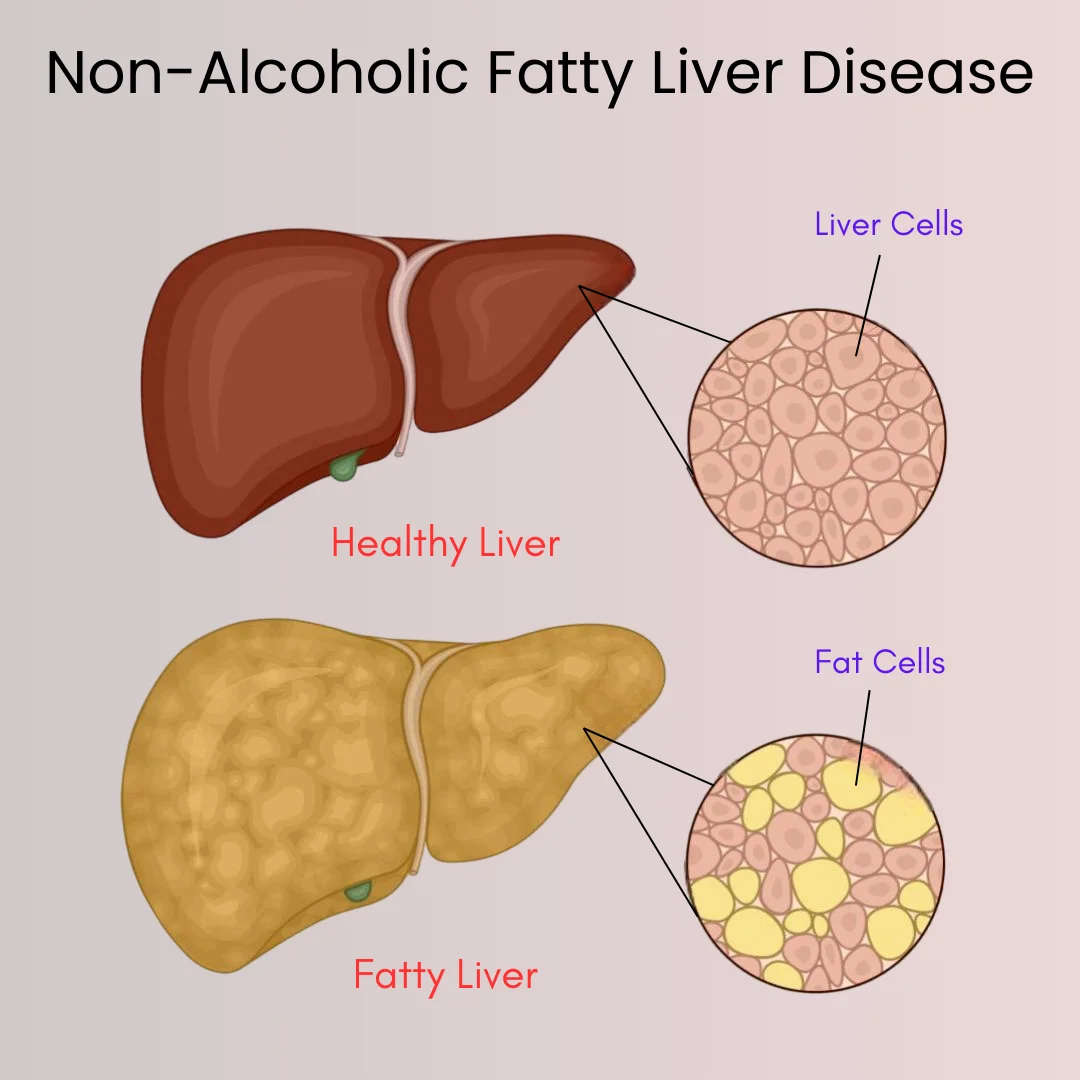
As the name suggests, NAFLD is a type of liver disease that occurs in those who drink very little or no alcohol. The main cause of NAFLD is a build-up of fat in the liver, and it is mainly prevalent in obese people. If left untreated, NAFLD can lead to liver cirrhosis, liver damage and liver failure. Additionally, this liver disease is associated with many health problems such as heart disease, kidney failure, diabetes and more.
At first, there aren’t any symptoms of NAFLD. However, as the disease progresses, some of the symptoms you might experience include:
- Fatigue
- A dull abdominal pain
- Weight loss
- Itchy skin
- Swollen legs and ankles
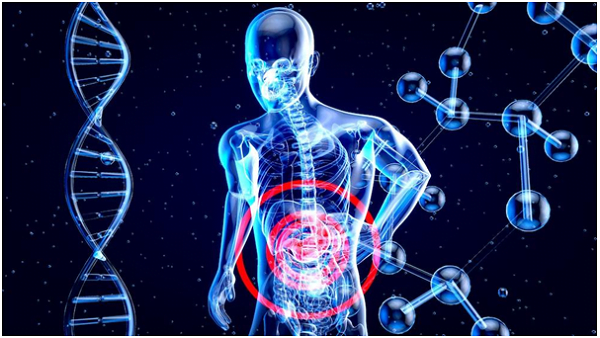
Copyright: Julien Tromeur on Unsplash l Licence: CC0 Public Domain
The Stages of Non-Alcoholic Fatty Liver Disease
NAFLD encompasses a range of liver conditions that becomes more severe as the disease progresses. As a result, NAFLD has four main stages:
1. Simple fatty liver (Steatosis)
Steatosis is when there are deposits of fat in your liver. In most cases, this does not lead to any inflammation or any other serious side effects. Steatosis can not worsen and does not have symptoms. Following a balanced diet and exercising regularly can help reduce the liver’s excess fat.
2. Non-alcoholic steatohepatitis (NASH)
The second stage of NAFLD is NASH. This liver disease is present in 2-5% of the adult population. NASH occurs when the liver becomes enlarged, inflamed and damaged due to excess amounts of fat. NASH can lead to more serious liver conditions such as cirrhosis and fibrosis. In some cases, a liver transplant might be necessary.
3. Fibrosis
Liver fibrosis occurs when the liver tissue and blood vessels become scarred. The liver is still functional at this stage, and proper treatment can prevent further progression. Fibrosis can occur in stages and can be checked using three scoring systems. These are the metavir scoring system, the Ishak fibrosis scoring system and the Batts–Ludwig scale.
4. Cirrhosis
The final and most severe stage of NAFLD is cirrhosis. Cirrhosis is the last stage of fibrosis. When your liver is damaged from excess alcohol, fat and other substances, it tries to repair itself. This can result in scarring. Over time, this scarring can become permanent, resulting in the liver being unable to function. Advanced cirrhosis is also related to other conditions such as portal hypertension, enlargement of the spleen, malnutrition, jaundice, bone disease and hepatic encephalopathy.
Diagnosis of NAFLD
To check if you have NAFLD, you will need to be assessed by a doctor. At first, the doctor will conduct a physical exam and analyze your family history to assess the likelihood of liver disease. This can involve looking for physical signs of an enlarged liver and asking a series of questions relating to lifestyle choices (diet, exercise, alcohol consumption etc.).
If the doctor finds that you might be at risk of liver disease, you can be sent for tests to check. This can be done by:
1. Doing A Blood Test
A blood test known as a liver function test is the easiest way to assess the state of your liver. This test will measure the number of enzymes and proteins in your blood which can tell us how well your liver is functioning. Some of the common liver function tests include aspartate aminotransferase (AST), alanine aminotransferase (ALT), alkaline phosphatase (ALP) and bilirubin.

Copyright: Karolina Grabowska on Pexels l Licence: CC0 Public Domain
2. Image Testing
An imaging test such as an ultrasound, computerized tomography (CT) scan, and magnetic resonance imaging (MRI) can be used to check for liver disease. These tests can be used to determine if there is any excess fat in your liver. However, these tests will not be able to tell you if you have a specific liver disease.
3. Liver Biopsy
A liver biopsy is not necessary if you are in the early stages of NAFLD. This test is generally used for more severe liver conditions such as NASH, cirrhosis and fibrosis. A small sample of liver tissue is analyzed for inflammation during a liver biopsy. A liver biopsy has to be done at a hospital as a thin needle is used for the extraction.
Treating of NAFLD
The disease will not worsen or require serious treatment in some cases, as with simple fatty liver. In these instances, following a properly balanced diet and having an exercise regime is sufficient to reduce the excess fat in your liver.
Currently, there is no medication that can treat NAFLD. In the later stages of NAFLD, the liver disease can progress to a level where a liver transplant is needed. This will only occur when the liver stops working entirely.
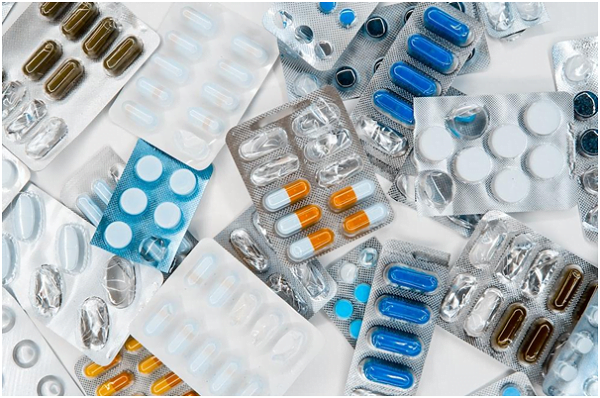
Copyright: Roberto Sorin on Unsplash l Licence: CC0 Public Domain
Understanding NAFLD
Non-alcoholic fatty liver disease is a type of liver disease that can affect anyone regardless of their age. This article has provided a comprehensive outline of everything you need to know about NAFLD, from causes to symptoms to treatment. If you believe you are at risk of NAFLD or another liver disease, getting tested and starting treatment immediately will be best.





